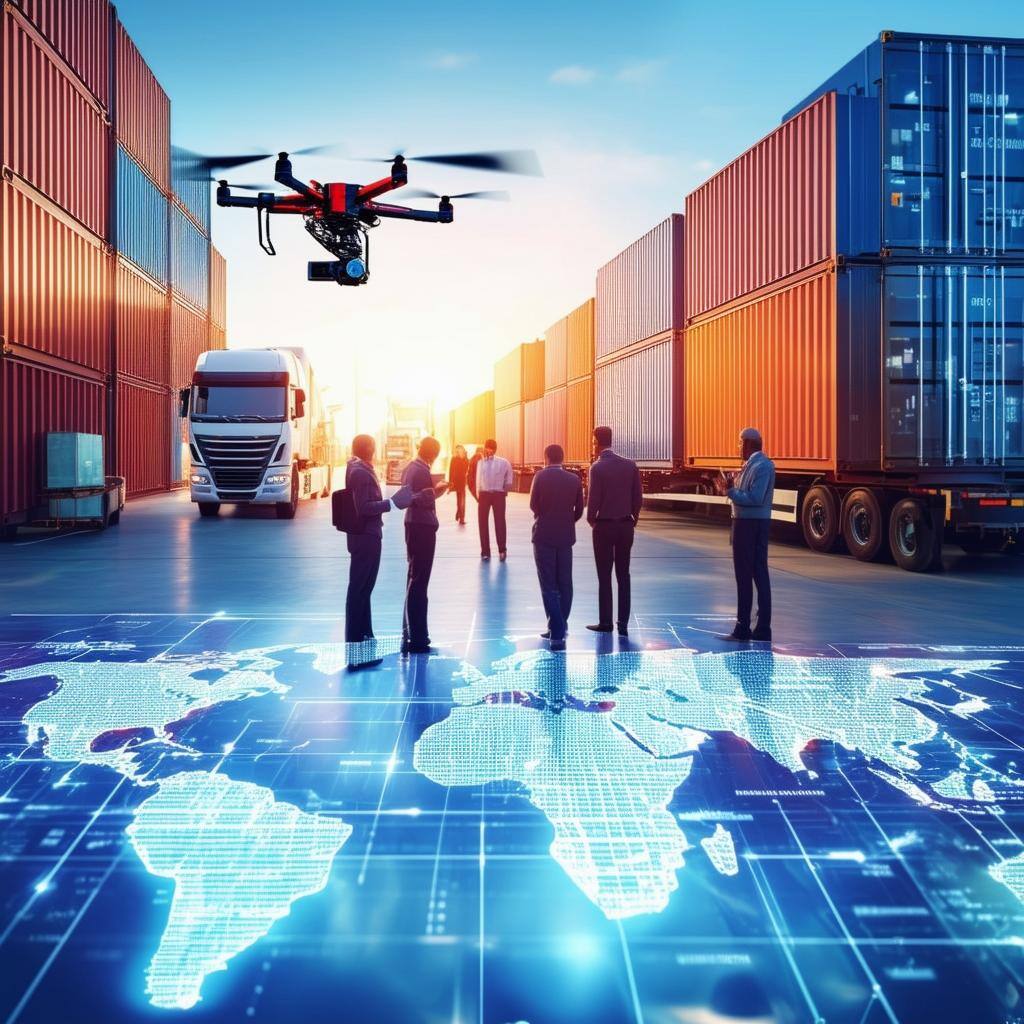With the rise of global e-commerce, cross-border shipping is becoming a critical component of the 3PL industry. Businesses are increasingly sourcing products from different countries and shipping to a global customer base. However, cross-border shipping comes with its own set of challenges.
1. Navigating Customs and Regulations
One of the biggest hurdles in cross-border logistics is navigating the complex web of customs requirements, tariffs, and trade regulations. 3PL providers are increasingly offering services to help businesses understand and comply with international regulations, making the process smoother and reducing the risk of customs delays.
2. Language and Currency Barriers
For businesses shipping across borders, language and currency differences can complicate transactions. 3PL providers who specialize in international logistics offer translation services, multi-currency billing, and seamless integration with local payment gateways to streamline the process.
3. Global Shipping Networks
As e-commerce grows, so does the need for robust global shipping networks. 3PL providers are leveraging their international networks to offer fast, cost-effective shipping options. By partnering with local carriers and international shipping companies, 3PLs are creating global supply chains that allow businesses to reach customers more efficiently.
4. The Future of Cross-Border Shipping
As trade barriers decrease and international logistics becomes more streamlined, cross-border shipping will continue to evolve. The adoption of blockchain technology, AI-driven tracking, and improved customs processes will help businesses manage cross-border shipments more effectively.





Leave a Comment